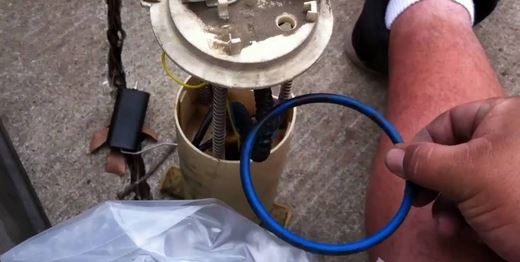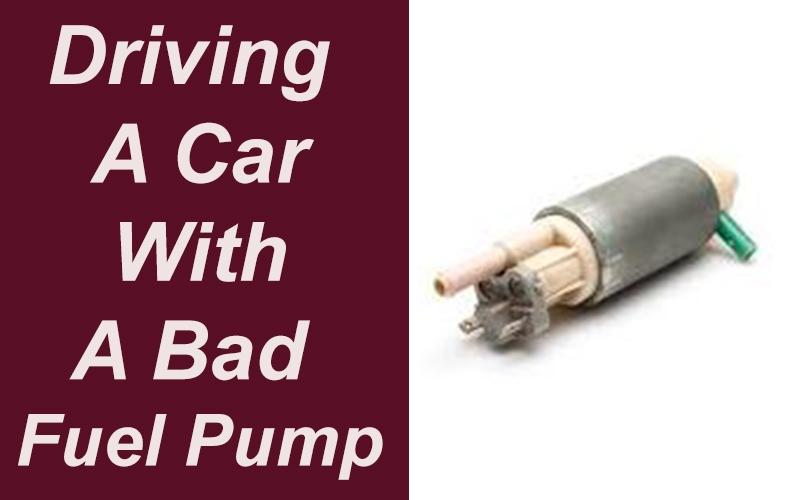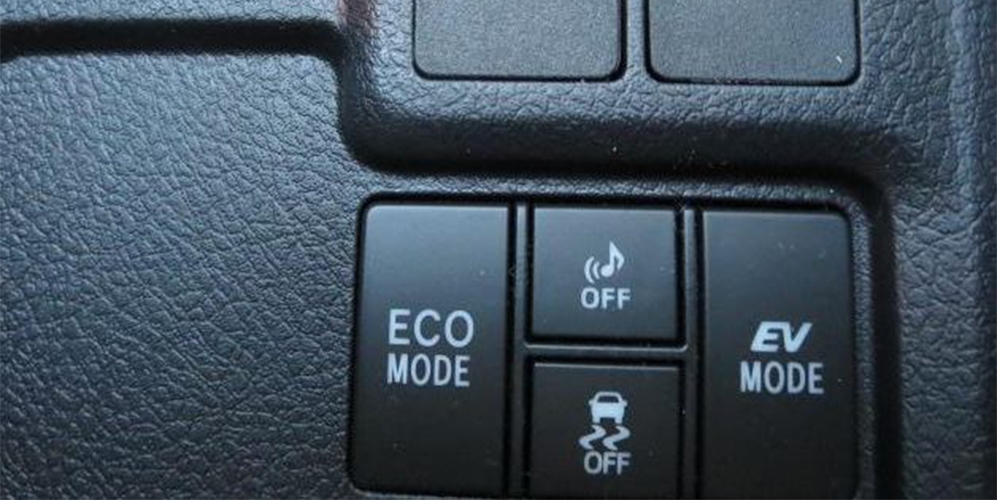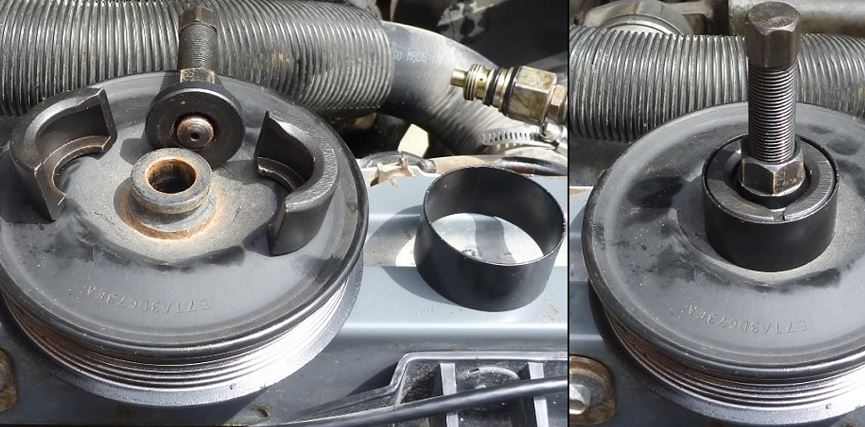Last updated on June 23rd, 2023 at 06:56 am
How to fix a fuel pump without replacing it (Temporary fuel pump fix)
Indeed, a lot of cars rely on fuel to move on the road, and these cars that run on the road use fuel pumps.
It’s very true that as you make use of the vehicle daily, the fuel pump might begin developing problems like becoming worn out and at some point, it will fail completely.
A lot of people may be wondering, what is a fuel pump?
For those who don’t know, a fuel pump’s primary job is to discharge fuel from the tank to the engine.
However, most fuel pumps have relays that control them. And the relays are in turn controlled by your car ignition switch.
Please note that there are some relays that are controlled by ECM.
Remember, there are 3 main types of fuel pumps which includes:
- The mechanical pump
- The Electric pump
- The direct injection high-pressure pumps.
Normally, a Fuel pump will give several signs to you before it fails completely and you are supposed to replace or repair it.
Our today’s post will reveal to you how to identify a bad fuel pump as we also explore how to fix a fuel pump without replacing it. We will begin by listing the symptoms. read this also: Effects of Driving a Car With a Bad Fuel Pump and Prius Fuel Gauge Reading Incorrectly
How to fix a fuel pump without replacing it (Temporary fuel pump fix)
What you should know is that it doesn’t matter what the cause or symptoms are, the truth is that once there is a problem in the fuse or the wiring system, electrical power will not be supplied to the fuel pump, which will make the pump to stop working.
And note that it simply means the engine will burn the remaining fuel that is left there and will stop.
Once the issue keep recurring at intervals, then the engine will jerk and stall until it fails completely.
7 Symptoms and Signs of A bad fuel pump
Here are the list of symptoms of a bad fuel pump.
- The engine of your BMW will sputter at constant high speed and will later resumes its normal performance.
- After the temperature of your car rises, it will stall.
- The car performance will decline when climbing hills or carrying a heavy cargo
- After moving at normal speed, it will suddenly pick up and surge forward
- You will notice poor gas mileage
- Inability to start after trying several times
- You will notice an unusual noise from the fuel pump.
Things to check before attempting to fix fuel pump
- Check the fuel level: Ensure there is enough fuel in the tank
- Check fuel pump noise: Examine the car for noise on the fuel pump which is a usual swish sound when you turn on your ignition. But if you don’t notice it, then check the electrical circuit, or test it with a computer Diagnostics trouble codes. (DTC.)
- Check the fuel filter: Check and confirm whether the fuel filter is blocked or not. However, if you have used it for a long time, then ensure it is changed
- Check the Fuel Pressure Regulator: Examine if it has fuel in it or not, and know if it is still working properly. Once dry, then it’s okay.
How to fix a fuel pump without replacing it (Temporary fuel pump fix)
Below is how to fix a fuel pump without replacing it. The first thing to do is ensuring that you have done a fuel system pressure diagnosis to find out whether the fuel system supplies fuel or not.
And for you to do this test, you will need a fuel pressure gauge. But before you begin, ensure your car is on the emergency brake, then turn off the engine and park the car on a flat surface by ensuring there is no smoke coming out from the hood.
Step One
On the fuel pressure regulator, you will see a vacuum line that connects to it. You can remove that line and if you notice fuel inside the line that means the regulator has failed.
Step Two
After checking the regulator, connect the vacuum line
Step Three
Find the protective Cap and remove it. Once done, it will enable you to attach the hose of the fuel pressure gauge.
Step Four
In case for any reason you have not been able to open the test gauge for fuel pressure in a package, please do so. Though this is a professional kit but it will work for a fuel pressure gauge that you attach.
Step Five
Make sure the gauge is fitted with the right adapter and fix line to the test port. And if you are unable to find a fuel test port that means you will need a fuel filter adapter. Then it will act as the fuel test port.
Step Six
Once you finish attaching the gauge, you can turn the Ignition key to the ON mode. Please be aware that in most direct port injector systems, the gauge will rise up to 45 to 58 PSI. And while the throttle body injector will rise up to 13 to 17 PSI. Once all works well, it means the pump is still working with the electrical component. However, if you notice there is no pressure reflecting on the gauge, then you need to check and examine the fuse and relay in the power distribution center (PDC).
After everything and you notice the pump does not have access to the power feed wire, then you can deal with the problem in a different way. You can use a color wire to send energy to the pump, but you need to identify the right wire.
To achieve this, find the service manual to see the exact color of the wire. Now you should be able to identify the wire near the fuel tank inside the wire harness. Then get a test light to probe the wires more. However, if the test light comes on but there is no pressure on it that means the pump is faulty.
Step Seven
Once you start the engine the pressure will drop to 52 PSI. In case you release the throttle so quickly, the pressure will increase by 5 PSI. If this happens, it shows that the pressure regulator is working perfectly. However, if you fail to get any pressure after examining the vacuum line and notice that it is okay, then the problem is on the pressure regulator.
Step Eight
Be aware that when you turn on the engine, and the fuel system will be working at full capacity and the PSI will go down a bit. Also note that generally the pressure should stay at 52 PSI.
Step Nine
Anytime you experience a lower fuel pressure when the engine is in an idle mode, or when you load it, it simply means there is either a pump failure or the fuel filter is blocked.
Step Ten
Once you finish the whole test, place a cotton towel beneath the test port so you can suck up excess fuel that comes from the hose. Doing this simply means when you untie the hose, fuel will leak out on top of the towel instead.
Step Eleven
After you must have removed the hose, if fuel continue to leak, then you can place the hose on top of the towel to absorb the excess fuel.
The Final Step
After you have completed handling the gauge hose, you can then reinstall the dust cap and clean up the area with the towel. Once done, confirm if there is a fuel leakage in the area.
What is the cost of a Fuel Pump?
Be aware that the best fuel pump will cost around $300 to $1000, and you will also pay for the labor which cost $200 to $400.
Conclusion
I guess today’s post have shown you how to fix a fuel pump without replacing it (Temporary fuel pump fix). We have also listed symptoms or signs of a bad Fuel pump and all the things to examine before attempting to fix a fuel pump.
And also, the fuel pump is essential for the distribution of fuel to your car. But in case you get any signs that the fuel pump is bad, examine it properly to confirm the state and decide whether to repair or replacing it completely.
After which, you can now diagnose the problem with the steps above.
Related Articles:
Effects of Driving a Car With a Bad Fuel Pump
5 Best Fuel Pressure Regulator for Carburetor

Hi dear, I am Dennis Gift, an autobody repair technician with over 4 years of experience; and I love everything about fitness and cars and researching and sharing my experience. And this is where I get to do that freely without reservations. So come along with me.





